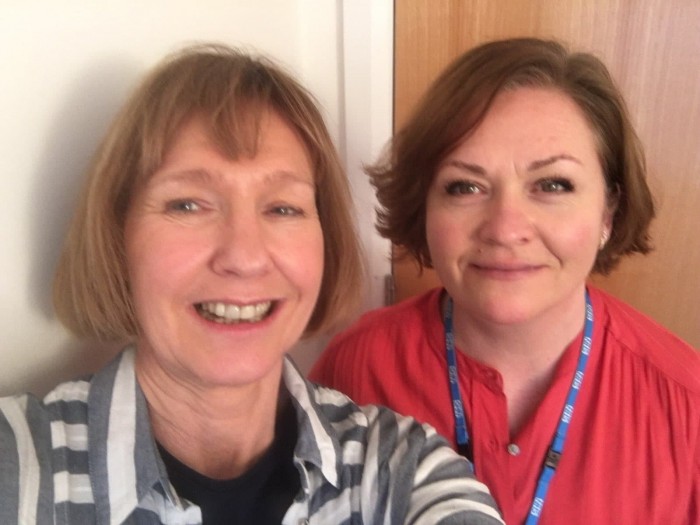Published on: 23rd March 2020
Top tips for being more mindful
Mindfulness is taking notice of the present moment, without judgement. It’s a deeper sense of being here right now.
 This can improve your focus and help you to overcome stress, anxiety, and depression. It can also help with chronic pain, which is what the technique was first developed for.
This can improve your focus and help you to overcome stress, anxiety, and depression. It can also help with chronic pain, which is what the technique was first developed for.
Mindfulness can be practised by paying attention to your senses, physical sensations in your body, and breath as a form of meditation.
Popular things like gardening or yoga often give us this kind of experience, but you can build on it in a few simple ways and use the technique in many aspects of daily life.
By doing so, and becoming more aware of your thoughts and feelings, you can manage them in a more helpful, positive way. It’s not about stopping the negative thoughts completely, but about noticing how they come and go in your mind and guiding your attention.
Julie Williams (left), creative psychotherapist and mindfulness teacher, and Suzanne Lynch (right), counsellor with special interest in mindfulness, have shared some simple things that you can try:
Five-step mindful pause
Take a pause in your day and notice five things you can see, then four things you can hear, three physical sensations you can feel, two things you can smell, and one thing you can taste.
It’s all about what’s happening right now.
The everyday stuff
It’s easier than you think to do daily activities in a mindful way. Notice the feeling of water and temperature on your body while you’re taking a shower. Eat a meal without distractions and savour the flavours. Notice the taste and sensation when you’re cleaning your teeth.
Regular timers
It can be helpful to set a beep, chime or reminder on your phone every hour (or few hours), just to prompt yourself to have a 30 second pause. Put your feet on the floor, notice the contact points between your body and your seat, and take some deep breaths.
It’s also good to use these timers as a prompt to go outside, or into your garden for a breath of fresh air.
Body awareness
Notice when you’re feeling tense and take a moment to pause. Sense your breath moving in to the tense areas of the body, then practice releasing or softening the tension with each out-breath or exhalation.
Try this next time you’re in the car stopped at a red light.
Stretching and movement
When you’re making a brew, get in the habit of having a sway and a stretch. If you work sat at a desk, bring some regular movement to your work area - even simple chair exercises can help.
Pay special attention to the sensations in your body and your breathing while you’re doing it.
Be kind to yourself
If you’re unhappy, for whatever reason, take a moment to recognise the feeling. Put a hand on your heart, feel your heartbeat and acknowledge it.
Practice some kindness by talking to yourself like you’re your own best friend.
Think ‘how can I best help myself right now?’ It could be that you do some exercise, immerse yourself in an activity you enjoy, or just take a deep breath.
Like anything, mindfulness becomes easier – and starts to make more sense – the more you practice. It isn’t for everyone, but for many the impact is huge. You can find lots of apps and online resources that can help you to learn the technique.